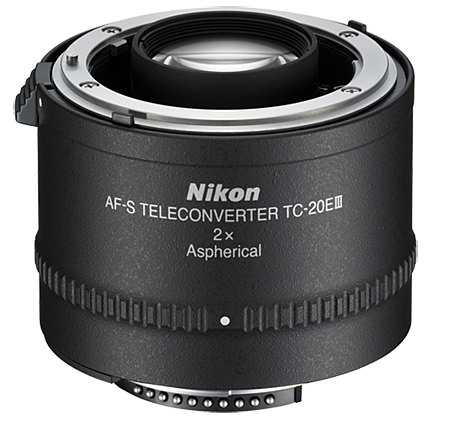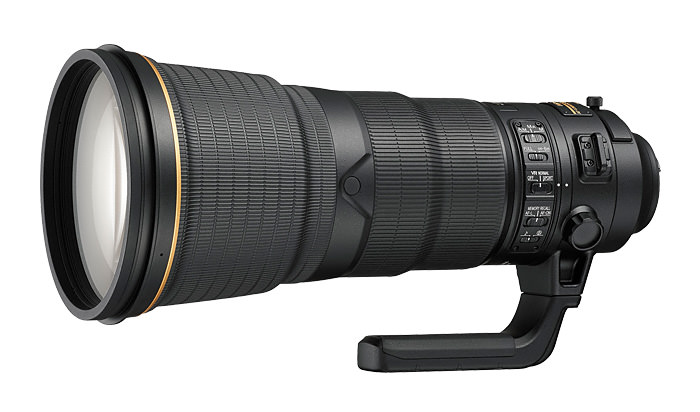Chad Huff
Well-known member
Hey everyone. I have a couple of super general questions about the Nikon TC's and the VR1 vs VR2.
1. Is there a noticeable real world difference between the TC1.4E I and the TC1.4E II when used on say a 300 2.8? I own a TC2 but found a TC3 for a decent price and am curious if there is any noticeable difference.
2. Curious how much real world difference there is between a VR1 and VR2 on a large prime (300 2.8, 400 2.8, 5-600 4). The VR1 on a nikon 70-200 is quite noisy, and in my experience that's common. Does the VR work noticeably better on the VR2, aside from noise?
Thanks to all for your first hand experiences!
1. Is there a noticeable real world difference between the TC1.4E I and the TC1.4E II when used on say a 300 2.8? I own a TC2 but found a TC3 for a decent price and am curious if there is any noticeable difference.
2. Curious how much real world difference there is between a VR1 and VR2 on a large prime (300 2.8, 400 2.8, 5-600 4). The VR1 on a nikon 70-200 is quite noisy, and in my experience that's common. Does the VR work noticeably better on the VR2, aside from noise?
Thanks to all for your first hand experiences!
Last edited:




